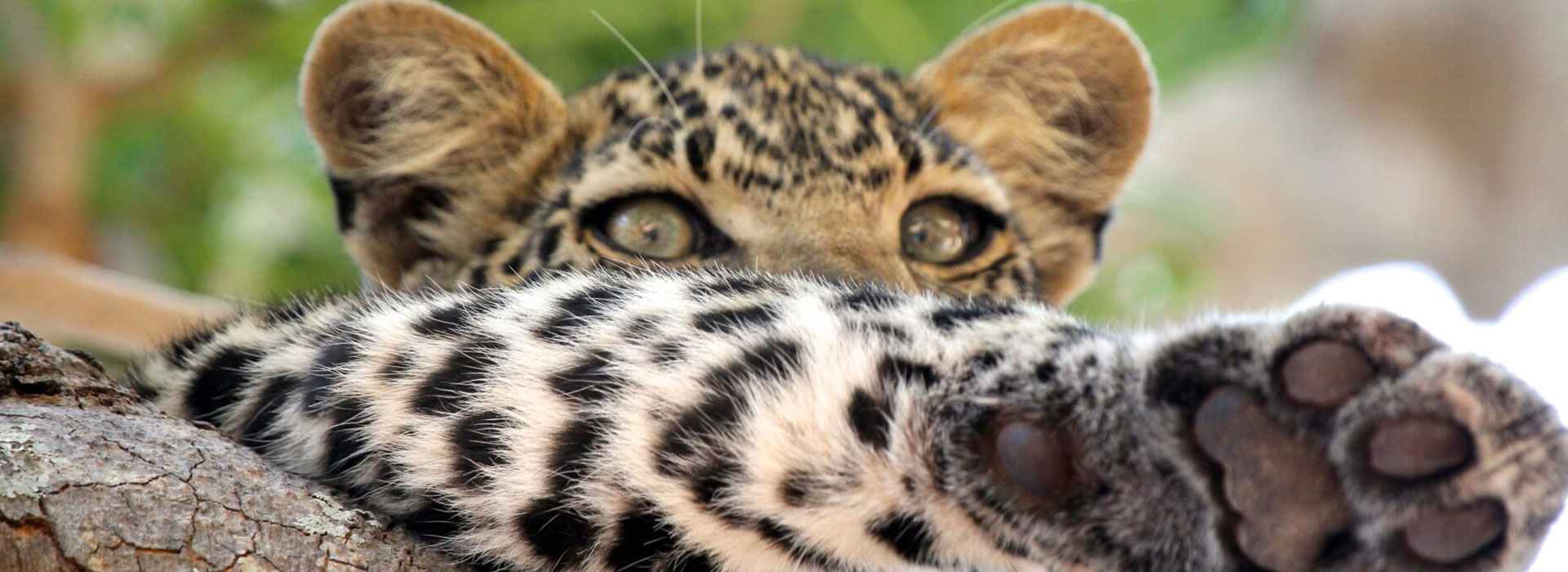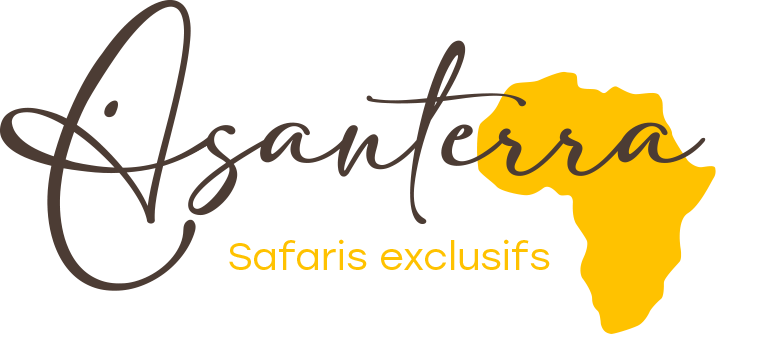What is Southern Tanzania ? Western Tanzania?
The Southern circuit in Tanzania is including mainly Tanzania’s two largest National Parks, Nyerere National Park (part of Selous Game Reserve, Africa’s largest protected nature reserve) and Ruaha National Park, and some smaller parks like Mikumi National Park, Saadani National Park and Udzungwa National Park.
The Western circuit comprises 3 parks, Katavi National Park at the far west, and, right on Lake Tanganyika, Mahale National Park and Gombe National Park.
Why are the safaris there more expensive in Southern and Western Tanzania than the ones in Northern Tanzania?
This is due in particular to the remoteness of the parks: transfers are made by plane, and the logistics for the supply of the camps are not the easiest.
In addition, the camps, very often canvas camps, are small, with an average of only ten rooms. The service is personalized, but it also comes at a cost.
Are there less animals in Southern and Western Tanzania? Can we see the “big five”?
We miss the rhinoceros, to have the big five. It used to be seen long time ago in Selous Game Reserve, but not anymore nowadays unfortunately.
But, the other big four are there, and how there! Ruaha National Park is home to 10% of the lions left in the wild, with large prides. Nyerere, Ruaha and Katavi host important populations of elephants and buffaloes. And leopards can be spotted really regularly in Ruaha National Park.
In addition, the Selous-Nyerere landscape is an important stronghold for the wild dogs (endangered species), being home to one of Africa’s largest remaining populations. They can be also spotted more and more often in Ruaha National Park.
Ruaha is also one of the only national parks in the country where both the greater and lesser kudu co-exist.
Last but not least, Gombe National Park and Mahale National Park are probably the best places in the world to meet chimpanzees in the wild.
Why should we fly from one park to another?
The travels we offer are organized with flying transfers between parks as Southern Tanzania’s roads are quite long, often bad, and therefore road transfers are lost hours or even worse: lost days.
In another hand, flying transfers offer the advantage of enjoying special open game drive vehicles for game drive in the parks (not a bus or a 4wd with an open roof), as well as very experienced guides knowing particularly well their park and its fauna, birdlife and flora.
What is the price of a safari?
The itineraries we create for our clients’ safaris include:
- Meet and greet at Dar es Salaam International Airport and transfer to the domestic airport (or to a hotel if an overnight transit is required in Dar es Salaam);
- Flights by safari plane (12 seaters) from, to and between the parks;
- Accommodation;
- Meals;
- Park fees (park fees, concession fees, camping fees, …)
- Safari activities (some supplements may however be required for certain activities. This will be specified in your itinerary);
- Medical evacuation insurance which, in the event of a medical emergency, provides specialized medical evacuation from the bush to Dar es Salaam or Nairobi.
For a safari, we generally count on a minimum average of 700 USD per day per adult, including transport, accommodation, meals, safaris, park fees… considering 3 nights or more. This is due in particular to the distance from the parks (air transfers, logistics for the supply of the camps, etc.) and the size of the camps (only 10 rooms on average).
But of course, the price of a safari varies depending on the park – and its remoteness – and on the level of accommodation requested.
What is the ideal length of a safari?
We offer safaris from 2 nights (per location), but prefer to recommend safari from 3 nights stay or more for better appreciation.
Because taking time is a luxury that is increasingly appreciated nowadays and in line with the philosophy of safaris in southern and western Tanzania, many camps in the Ruaha and Nyerere parks (ex. Selous) offer special offers 4 nights for the price of 3.
Depending on the budget, the safari duration can therefore range from three days to a fortnight.
Where to stay while on safari?
In Southern and Western Tanzania, most accommodations for safaris are small tented camps (10 to 12 rooms on average). You won’t find hotels in the common sense of the word, i.e. a building in which you can rent a room.
A tented camp is made up of common main tents (lounge, bar, restaurant) and large accommodation tents. Don’t think about small camping tents. These safari tents are spacious sleeping tents with en-suite bathrooms and sometimes even a small terrace or plunge pool. This means you don’t have to worry: there’s a real bathroom with proper toilet and shower.
In a tented camp, you are close to nature, without giving up comfort.
In addition to the rooms, there is a main tent, or a thatched building, where you can eat, read or have a drink.
The tented camps here are not fenced and so a staff member will accompany you to your tent after dinner.
Tented camps range from basic to luxurious.
What do you recommend for a family safari?
The camps in southern Tanzania are in the wild without any protection, so they are not really suitable for very young children, and most only accept them from the age of 6 or even 7.
On another hand, several activities are not accessible to children of all ages: walking safari is only possible for 15+ year olds, the chimpanzee visit for 12 or 15+ year olds (depending on the park), the balloon safari for 7+ year olds.
For family safaris with children between 7 and 15 years old, different camps at Ruaha and Nyerere (e.g. Selous) National Parks offer family rooms. Each one has its own particular configuration, and we will be happy to recommend the accommodations according to your family composition.
When is the best time to visit Southern and Western Tanzania?
Bush camps usually reopen on June 1st. June closely following the heavy rainy season, the grass is very tall, and it is generally not easy to see the animals.
The further we go in time, in July and August, the more grasses dry up and fall down (if they are not burned by bush fires), and the more water becomes scarce, gathering more and more animals around water points (rivers, lakes, ponds…). Wildlife observation is therefore becoming easier and easier. As far as temperatures are concerned, they are “cool” after the rainy season and warming up around September/October.
Around October/November, we have the “short rainy season”. These rains do not prevent safaris (unlike those of April / May). This period can extend until mid-January. It can then be hot and humid.
From mid-January to mid-March, there is a short dry season. It can be quite hot but the nature is green, with flowers and butterflies. The grass is not very tall, so you can still see all the animals, even the small dikdiks. Depending on the abundance of light rains, the animals are then more or less dispersed. Very beautiful period, appreciated by photographers, and low season prices.
Finally, around mid-March, the heavy rains arrive (if they are neither early nor late!). The vast majority of camps are closing and flights are suspended until the end of May.
But this is the theory. And in reality, we are experiencing significant climate change here as elsewhere in the world. In recent years, we have had very dry Februarys and others very wet! So we can’t promise you anything.

